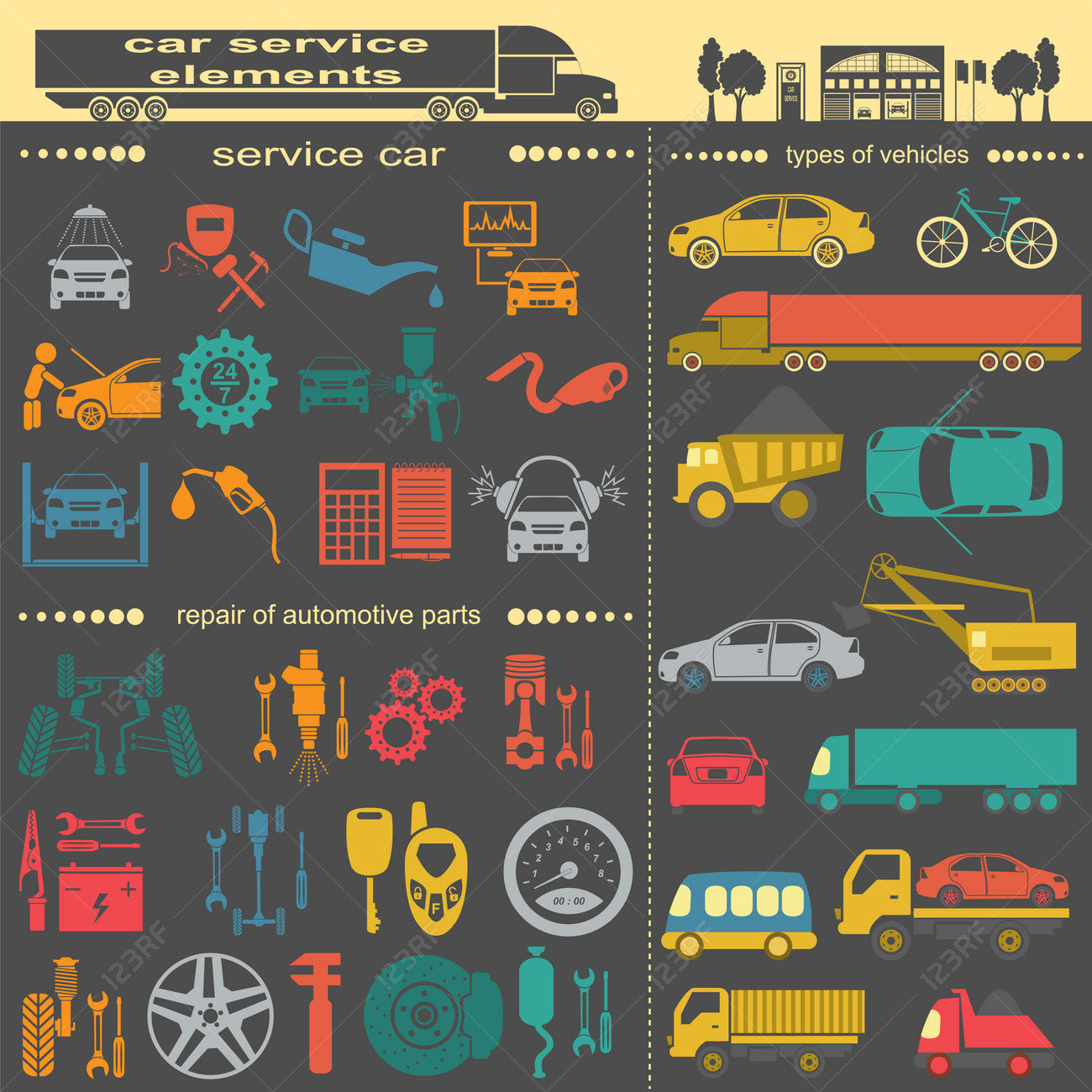Eager To Understand What The Control Panel Warning Lights In Your Automobile Symbolize? Explore Their Definitions For The Wellness And Safety Of Your Vehicle
Eager To Understand What The Control Panel Warning Lights In Your Automobile Symbolize? Explore Their Definitions For The Wellness And Safety Of Your Vehicle
Blog Article
check this site out -Samuelsen Stark
When you lag the wheel, those glowing warning lights on your dashboard can be a little bit bewildering. Do you understand what they're attempting to tell you about your auto's wellness? Understanding https://oilchangeplacesnearme07284.blogrenanda.com/35924444/the-advancement-of-vehicle-detailing-methods-over-the-last-decade of these lights is important for your safety and security and the durability of your vehicle. So, the next time among those lights pops up, would not you intend to decipher its message precisely and take the required actions to resolve it?
Common Caution Lighting and Interpretations
Recognize common caution lights in your vehicle and understand their significances to make sure secure driving.
The most common warning lights consist of the check engine light, which indicates problems with the engine or exhausts system. If this light begins, it's critical to have your vehicle inspected immediately.
The oil stress cautioning light indicates reduced oil stress, calling for immediate focus to stop engine damage.
A flashing battery light might recommend a defective charging system, potentially leaving you stranded otherwise addressed.
The tire pressure tracking system (TPMS) light signals you to low tire stress, affecting vehicle stability and fuel efficiency. Ignoring this can bring about dangerous driving problems.
The abdominal muscle light suggests a trouble with the anti-lock braking system, compromising your capacity to stop quickly in emergencies.
Finally, the coolant temperature warning light warns of engine overheating, which can cause extreme damages otherwise resolved quickly.
Recognizing these typical caution lights will certainly aid you resolve concerns immediately and keep safe driving problems.
Value of Prompt Focus
Recognizing the common caution lights in your auto is just the initial step; the relevance of without delay attending to these warnings can not be emphasized enough to guarantee your safety on the road.
When a caution light illuminates on your control panel, it's your cars and truck's means of connecting a potential concern that requires focus. Ignoring these cautions can result in a lot more severe problems in the future, endangering your safety and security and potentially costing you much more in repairs.
Prompt focus to cautioning lights can stop break downs and crashes. For example, a blinking check engine light could suggest a misfire that, if left neglected, could cause damage to the catalytic converter. Resolving this promptly can save you from a pricey fixing.
In a similar way, a brake system alerting light might signify low brake fluid or used brake pads, vital elements for your safety and security when driving.
Do It Yourself Troubleshooting Tips
If you discover a warning light on your dashboard, there are a few DIY fixing suggestions you can attempt before looking for specialist assistance.
The initial step is to consult your car's handbook to understand what the details caution light suggests. Sometimes the concern can be as straightforward as a loosened gas cap causing the check engine light. Tightening up the gas cap might solve the trouble.
One more usual issue is a low battery, which can cause different cautioning lights. Checking the battery links for deterioration and guaranteeing they're protected may take care of the trouble.
If a caution light continues, you can attempt resetting it by disconnecting the auto's battery for a couple of mins and after that reconnecting it. Furthermore, checking your car's fluid levels, such as oil, coolant, and brake fluid, can aid repair warning lights connected to these systems.
Final thought
In conclusion, recognizing your vehicle's warning lights is vital for maintaining your automobile running smoothly and securely. By promptly addressing have a peek here and recognizing what they indicate, you can prevent expensive repair services and possible break downs.
Remember to consult your car's manual for specific details on each cautioning light and take action appropriately to guarantee a hassle-free driving experience.
Keep educated, remain risk-free on the road!
